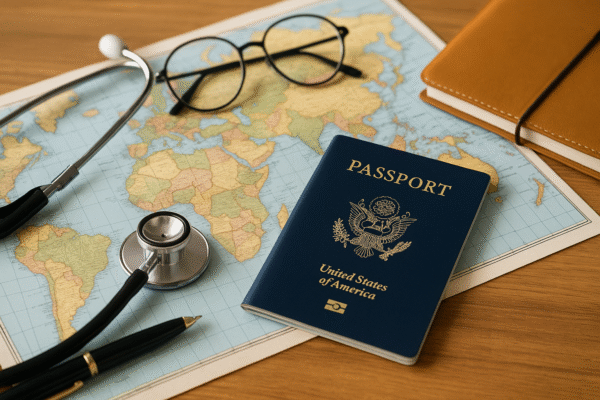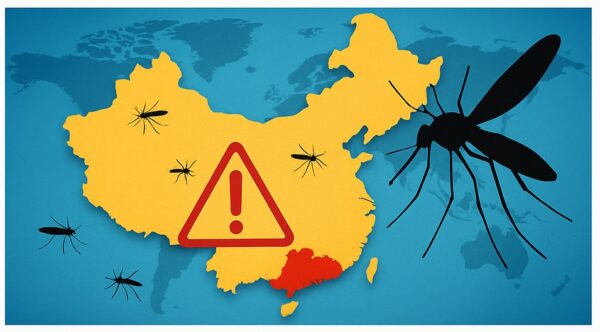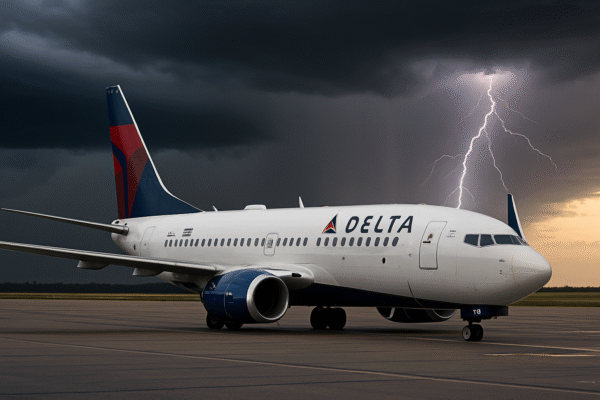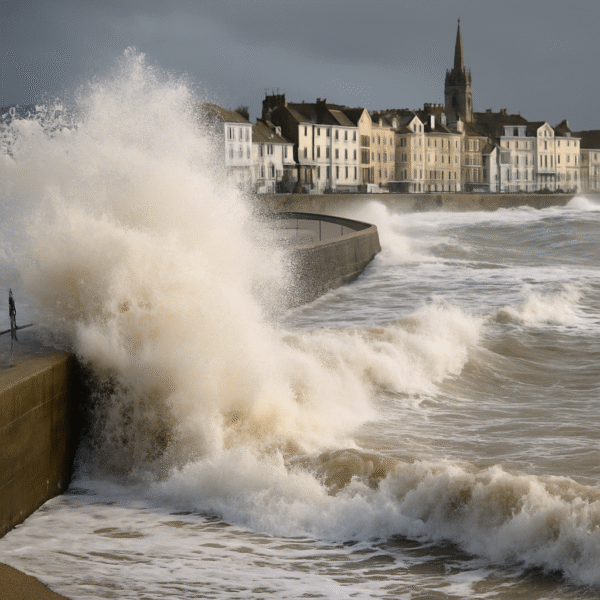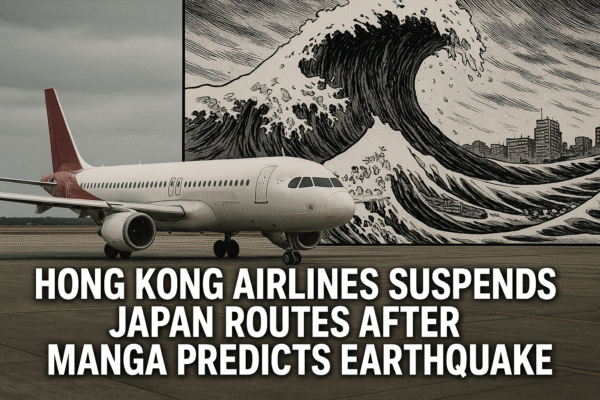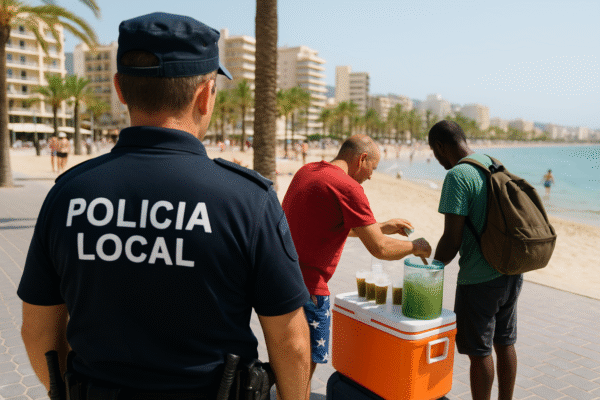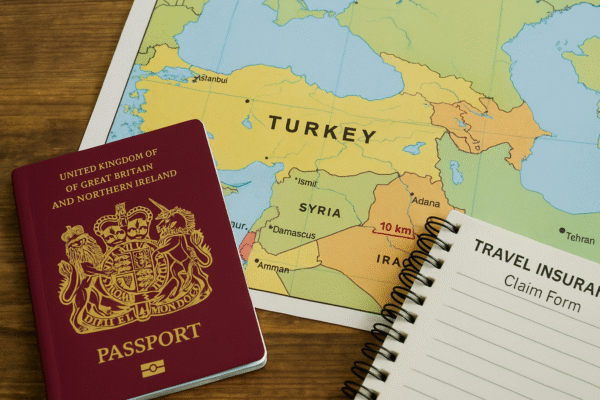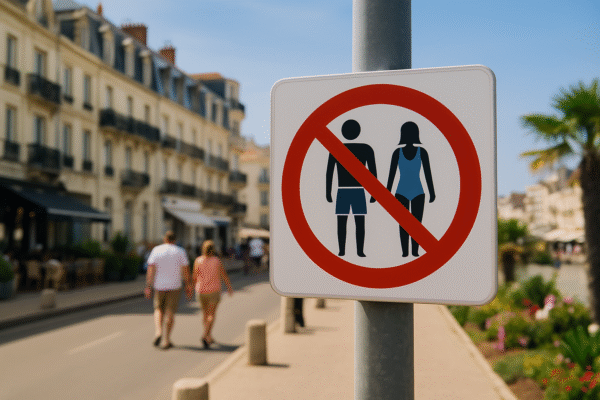In a rare turn of events in East Asia’s tourism and aviation sectors, Hong Kong Airlines has announced the suspension of two major summer flight routes to southern Japan, citing a dramatic slump in passenger demand. The routes in question, connecting Hong Kong to Kagoshima (KOJ) and Kumamoto (KMJ), will be halted for July and August 2025, a peak travel season, after a surreal source of public anxiety—a prediction from a Japanese comic book—sparked widespread panic and travel cancellations.
The Unusual Trigger: A Manga Prophecy Goes Viral
At the heart of the travel disruption lies a republished version of a Japanese manga titled “The Future I Saw”, authored by Ryo Tatsuki, a figure who has cultivated a niche yet devoted following across East Asia. The comic book, originally published in 1999 and reissued in 2021, made an ominous forecast: a catastrophic earthquake and tsunami would hit Japan in July 2025, specifically on July 5.
What gave the comic an aura of credibility in the eyes of the public is a prediction it made back in the original 1999 edition. Tatsuki’s earlier prophecy alluded to a massive natural disaster in March 2011—a time that coincided with the devastating Tōhoku earthquake and tsunami. That disaster killed over 15,000 people and caused the Fukushima nuclear crisis, making any further predictions from the same author difficult to dismiss, especially by a superstitious or anxious public.
The 2021 reprint of “The Future I Saw” warns that “a crack will open beneath the sea between Japan and the Philippines, unleashing waves three times the height of those in the 2011 disaster.” Despite being fiction, this specific detail has ignited alarm, particularly in Hong Kong, where social media discussions and viral misinformation have fueled concern.
Tourism Impact: A 70–80% Drop in Japan Travel Bookings from Hong Kong
Travel agencies in Hong Kong have reported a staggering 70–80% drop in bookings to Japan this year compared to 2024, with the manga-induced prophecy cited as a leading cause. According to statements from several agencies, the traditionally strong summer season has seen a rapid decline in demand, particularly to southern Japanese destinations.
Hong Kong Airlines, which resumed the Kagoshima route in early 2024 after a four-year hiatus, had even increased the frequency from three to four weekly flights by December 2024 due to rising popularity. However, the sudden downturn in bookings coinciding with the July 2025 prophecy has forced the airline to reconsider its capacity allocation.
In a formal statement, the airline confirmed:
“Due to a sudden and significant decline in passenger demand, we are temporarily suspending operations to Kagoshima and Kumamoto in July and August 2025. We hope to resume services when travel sentiment improves.”
Japan’s Official Response: “No Scientific Basis” for Fear
In response to the growing panic, the Japan National Tourism Organization (JNTO) and the Japan Meteorological Agency (JMA) have issued public reassurances that there is no scientific evidence supporting the alleged disaster. Both agencies emphasize that travel decisions should be based on verified seismic data and official government advisories, not on speculative fiction.
An official JNTO spokesperson stated:
“Japan remains a safe and welcoming destination. Travelers are encouraged to rely on accurate, science-based sources and avoid giving credibility to rumors or fictional predictions.”
Despite these reassurances, the lingering fear has already impacted inbound travel from East Asia, particularly Hong Kong, Taiwan, and South Korea, where manga culture has a strong influence and Tatsuki enjoys considerable name recognition.
Aviation Industry’s Broader Challenge: Misinformation and Modern Travel Fears
While airlines often adjust routes due to seasonality, geopolitical unrest, or health crises, this latest development represents a unique challenge: mass fear driven by viral misinformation and cultural superstition. Industry analysts point out that this is a reminder of the unpredictable variables that can influence global tourism.
Aviation consultant Hiroshi Yamamoto told the Japanese press:
“Airlines now must factor in psychological and cultural trends, not just economics and weather. The influence of digital folklore or fictional prophecies can cause real-world consequences—this is the new reality.”
Looking Ahead: Recovery May Depend on Scientific Communication and Regional Trust
While Hong Kong Airlines has not provided a specific timeline for route resumption, many expect that services to southern Japan will return by late autumn 2025, assuming demand stabilizes. Meanwhile, Japanese tourism stakeholders are working proactively to counteract fear with facts by launching awareness campaigns and offering flexible booking policies.
To support tourism recovery, local governments in Kagoshima and Kumamoto are also stepping in. New marketing efforts highlight local safety measures, natural beauty, and cultural richness—reminding tourists of the genuine appeal that awaits beyond fear and fiction.
Conclusion:
The suspension of flights from Hong Kong to Japan due to an earthquake rumor rooted in a comic book underscores the fragility of international tourism in the age of viral misinformation. While the fear may be unfounded, its impact on traveler behavior is real. The aviation and tourism sectors now face the dual challenge of promoting scientific literacy and restoring confidence in safe, informed travel.
For more travel news, follow Global Travel Wire.
Disclaimer:
This image is AI-generated and created for illustrative purposes only. It may not accurately represent the actual events, individuals, or locations described in the news article.



